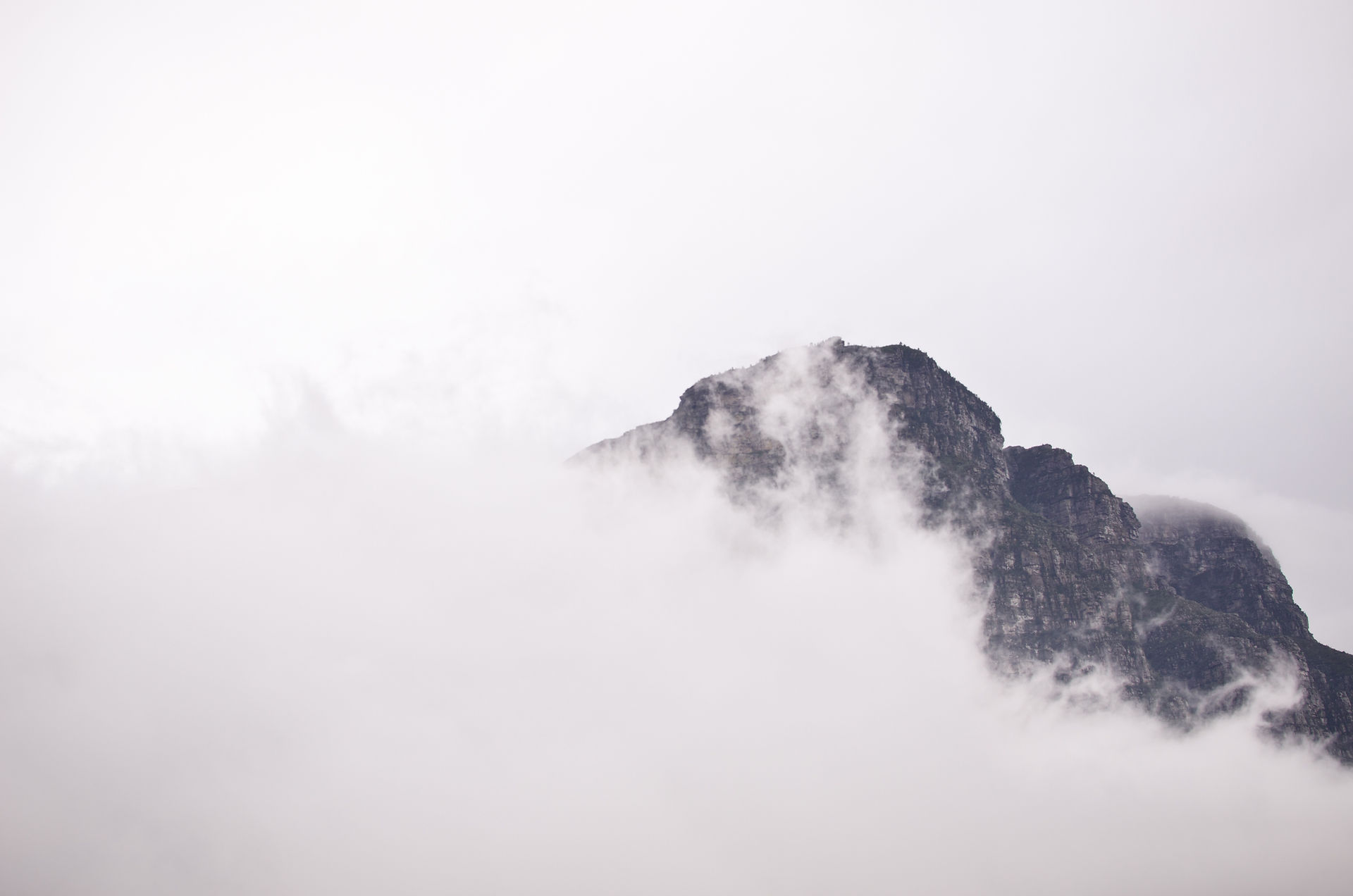
Vilhjalmur Stefansson
--
Deceased
New York, NY, USA

Link to Carnivore Support:
Image Carnivore Support:

Text Notes:
Eating Inuit-style became Stefansson’s obsession. American and European explorers typically carried their own supplies with them, including fruitcake and whiskey. According to biographer Tom Henighan, Stefansson was (famously) more interested in eating what the Inuit were eating, and mostly hunted his own meat. This had a dual appeal: He didn’t have to bring along heavy supplies, and, as time went on and he suffered few ill effects, Stefansson became convinced the Inuit were on to something. As a result, Henighan writes, “he took issue with the medical dogma” that the best diet was extremely varied and featured the maximum amount of raw vegetables. In fact, he called those ideas the “fetishes” of dietitians. After retiring from Arctic forays in 1918, he estimated he had spent a total of five years living entirely off meat and water.
Stefansson even found himself defending the thesis that vegetables weren’t necessary for a healthy diet. “Stefansson Braves the Wrath of Vegetarians” was just one headline published during a flurry of media attention in 1924. “The common supposition is that a meat diet would lead to rheumatism, gout, and premature old age,” commented the anonymous writer, who also opined that while the chilly rigors of a life in the Arctic might make an all-meat diet possible, it wouldn’t be appropriate for someone living in a temperate or tropical zone.

